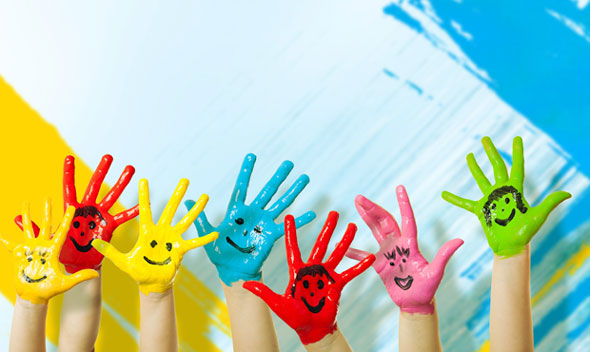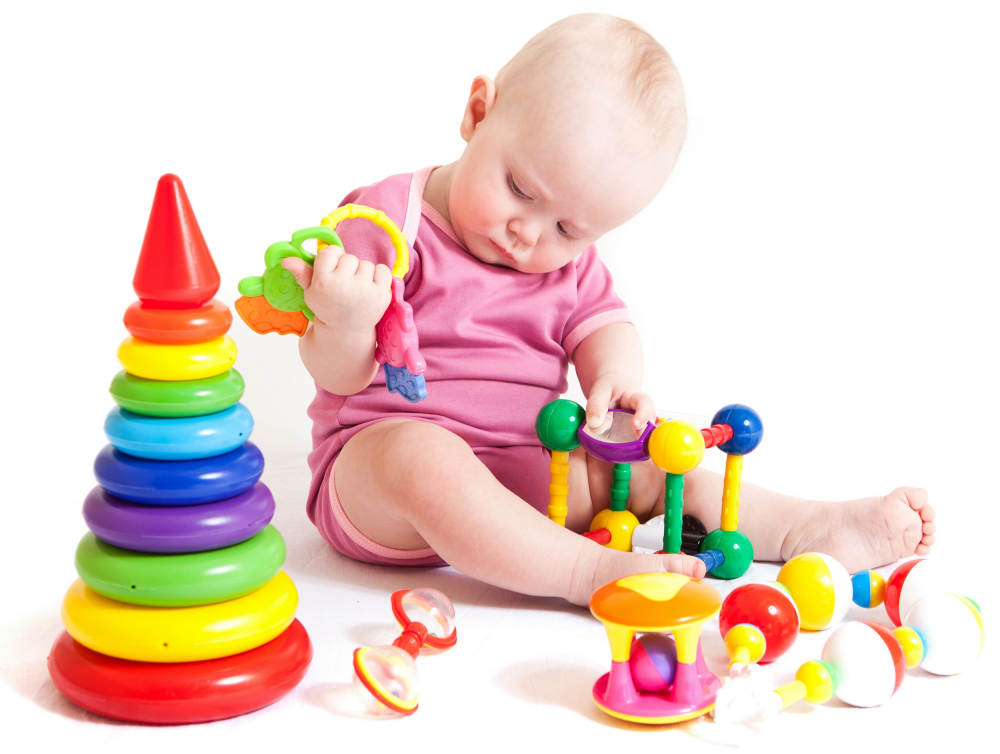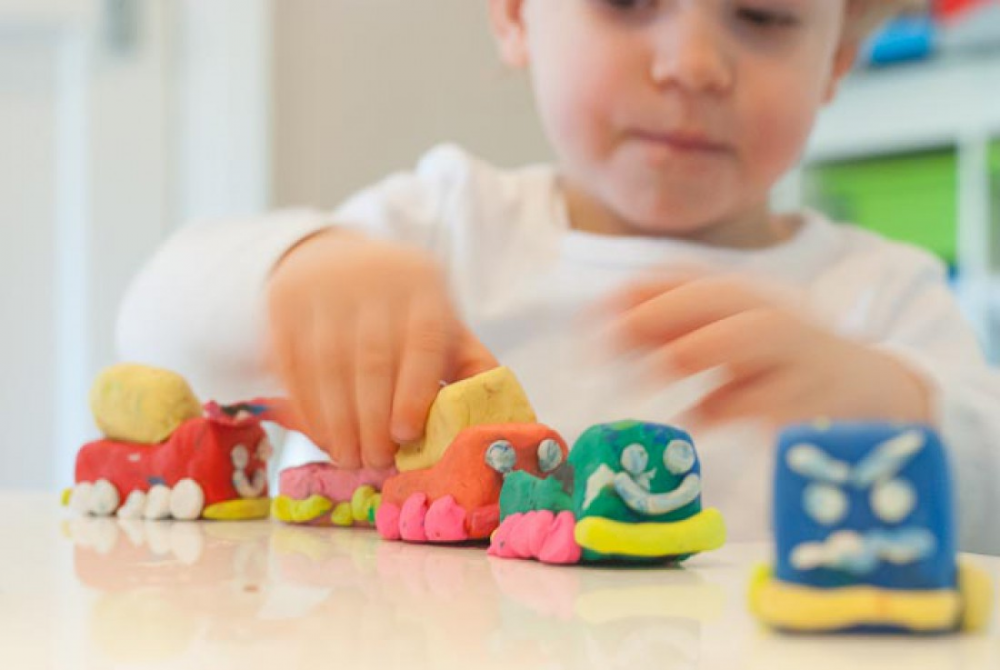Learning colors with baby
From early childhood, you showed the world the child pointed to the object and its colour, but from about two years worth thinking about the directed learning of colors. At this time, children are most susceptible to new information, they want to learn something new, they are interested in everything that is happening around.
Do not forget that training at such an early age should take place in the form of a game. Only in this way it will be interesting for the child and he will be able to concentrate on what you are trying to convey to him. When teaching colors, it is important not to put pressure on the child. Excessive assertiveness can only scare away the lessons, because they should be held in the simplest, most relaxed form. You can start learning colors from an earlier age, the main thing is that the child is interested.
Simple tips:
- Beginning to learn colors with your child, focus on 4 primary ones: red, blue, yellow, and green;
- Do not initially mislead the child with diminutive forms. The sky is not “little blue”, but “blue”. Abandon them, let the child remember the correct name first;
- It is not necessary to constantly ask the child to point to one or another color, let him better bring a toy (or any object) of a certain color;
- Try to pronounce the names of the same color in a different context. For example: it is a blue cube, a blue cube, it is blue, etc.
Toys to help. Perhaps the most productive toys in terms of learning colors are puzzles and constructors (for example, LEGO DUPLO), but pyramids with colored rings have not lost their relevance too. If the child has already learned the basic colors, you can give preference to the complex developmental toys, those that will help you learn not only the color, but also the form, they will teach you to count.
Non-formal learning. Learn colors in the process of everyday life. For example, on the way to kindergarten, offer your child to count the red cars, but before that you need to show how exactly the red color looks. Do not rush to correct, if child indicates a burgundy car, let him first learn the basic colors. You can always return to the study of shades later.
Creativity. Creativity allows the child to gain a deeper knowledge of color. Draw together, constantly pronounce the name of each particular color. Coloring book halves can help a lot: on the pages a part of the image is already colored with the necessary colors, and the second child should paint on their own, by analogy. When the base colors are studied, you can proceed to the study of shades. This will help paints, clay and colored clay for sculpting: сolors are easy to mix, which means you can quickly get the desired shade.
What if a child cannot learn colors? If a child persists in confusing colors, do not make premature conclusions regarding his mental abilities. Some children may have a banal delay in early development (this is normal), with time the child will catch up with their peers. Disruption of photosensitivity is another reason why children cannot distinguish colors. In this case, the perception of certain colors and shades is disturbed, but it is often simply impossible to diagnose such deviations, because the child can learn to distinguish colors by brightness and contrast.



